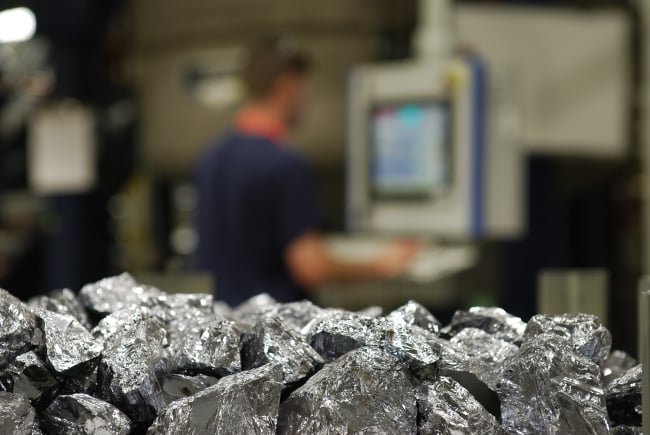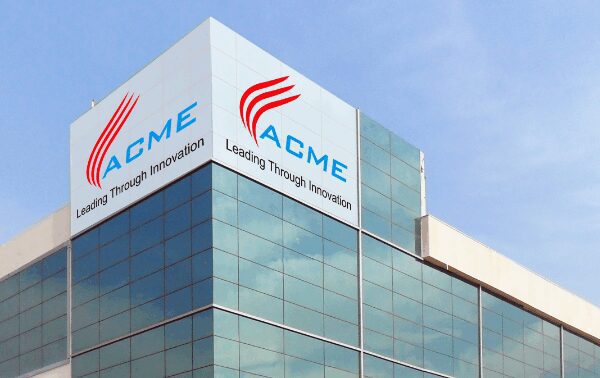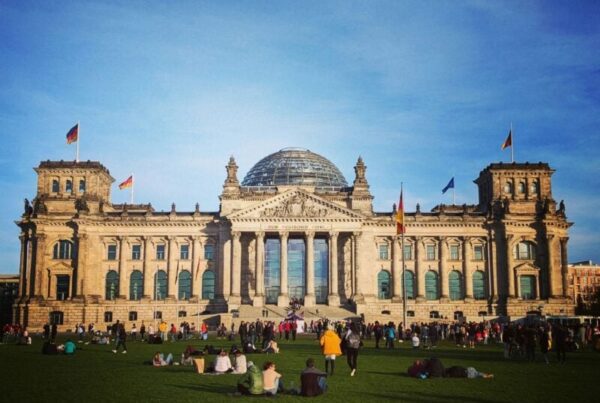
Global polysilicon capacities are on track to reach 295GW by the end of 2022 as six new facilities ramp up production this quarter, according to new research from Clean Energy Associates (CEA).
The solar and storage advisory firm forecasts polysilicon production will then soar to 536GW by year-end 2023, assuming all projects in the pipeline develop as planned.
The projected increases follow sustained polysilicon price hikes this year, in part due to power rationing in China and silicon shortages. However, CEA research published in August said that polysilicon prices will drop throughout 2023 as sizeable manufacturing capacities come online.
In its ‘Q2 2022 PV Supplier Market Intelligence Program Report’, published this week, CEA expects PV manufacturing capacity to far exceed expected global solar deployment next year.
Compared to Q1 2022, global ingot capacity grew almost 30GW in Q2, primarily due to JinkoSolar bringing online a 20GW facility in China’s Qinghai province, while wafer capacity decreased, mainly as a result of GCL retiring much of its multi-crystalline wafer capacity, according to the research.
Although there is limited non-China ingot capacity, this is expected to expand marginally as JinkoSolar continues to ramp up a 7GW facility in Vietnam and JA Solar and LONGi start constructing their ingot and wafer facilities in Vietnam and Malaysia, respectively.
Only four suppliers in CEA’s report operate or plan to operate non-China ingot and wafer capacities.
Global cell capacity of the suppliers included in the research rose to 262GW in Q2 2022 and is expected to jump to nearly 329GW by the end of the year, with expansions dominated in China.
Nonetheless, some 7GW of cell capacity may come online in Southeast Asia from LONGi, JinkoSolar, JA Solar and others as suppliers are incentivised to expand in the region to hedge against lingering risks from the US’s Uyghur Forced Labor Prevention Act and tariffs on Chinese manufacturing, CEA said.
Global module production capacity, meanwhile, was more than 324GW in Q2 2022 and is forecast to reach nearly 400GW by the end of the year.
Tech and market trends
The report notes that while some suppliers still see additional gains for PERC cells, most have shifted their focus to exploring TOPCon and heterojunction cells given with promising efficiency.
Manufacturers are also said to be exploring ways to optimise wafer sizes after standardising 210mm (G12) and 182mm (M10) module dimensions, with the ‘182mm plus’ increasing wafer heights to further reduce ‘white space’ caused by intercell gaps, achieving up to 5W of additional output.
Also covering PV supply chain capacities outside China, the research noted that while several US manufacturers are floating manufacturing expansions on the back of the country’s recently passed Inflation Reduction Act, less than 20% of new announcements will include North America-based ingot or wafer capacity.
For Europe, CEA said that although political interest in decoupling from China’s PV supply chain may impede future trade, this is unlikely to occur in the near term given Europe’s current lack of PV manufacturing capacities and the urgency for a transition to replace Russian fossil fuels.
Finally, the research suggested that India’s cell and module manufacturing capacities are expected to reach around 10GW and 30GW, respectively, by the end of the year.





